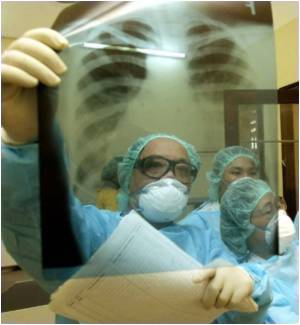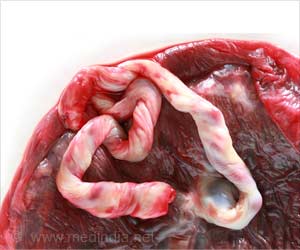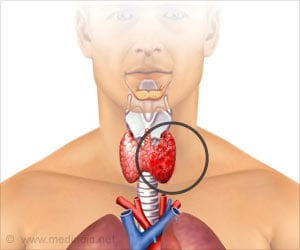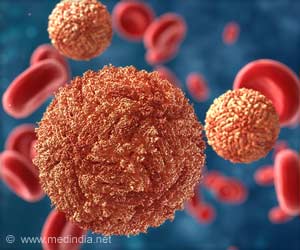Scientists have developed a new technology that detects distinct genetic changes differentiating cancer patients from healthy individuals and could serve as a future cancer predisposition test.

Microsatellites, which tend to vary greatly among individuals and have traditionally been used in forensics and paternity tests, are also used to uncover information related to a number of other genetic diseases such as Fragile-X or Huntington's disease. This advancement aided the discovery of a unique pattern of microsatellite variation in breast cancer patients that were not present in the DNA of patients who are cancer-free.
Through their evaluation of global changes in the genome, the researchers determined that this pattern change alludes to a new mechanism disrupting the genome in cancer patients and may represent a new breast cancer risk biomarker.
"We have now arrived at a new biomarker - an indicator that could be used to evaluate the amount of risk that you have for developing cancer in the future," explained Harold "Skip" Garner, VBI executive director who leads the institute's Medical Informatics and Systems Division.
"This is part of an effort to understand their (microsatellite) role in the genome and then proceed on directly towards something that is of utility in the clinic. What just came out in our paper is a description of the technology that allows us to very quickly and efficiently and inexpensively measure these two million places using a uniquely designed microarray... It's the pattern on that microarray that provides us the information we need."
The results of the work will be featured in an upcoming edition of the journal Genes, Chromosomes and Cancer.
Advertisement


![Prostate Specific Antigen [PSA] & Prostate Cancer Diagnosis Prostate Specific Antigen [PSA] & Prostate Cancer Diagnosis](https://images.medindia.net/patientinfo/120_100/prostate-specific-antigen.jpg)












